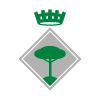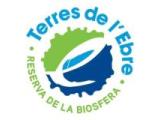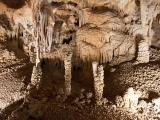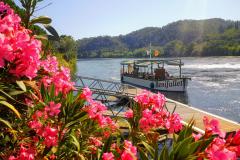Here you can find publications about Benifall
Llagut Benifallet (the old boat of Benifallet)
To purchase your tickets and find out everything related to the Llagut de Benifallet, we recommend you visit the new tourism website: https://turismebenifallet.cat/en/tour/benifallet-llagut/
Starting season, April 2025







